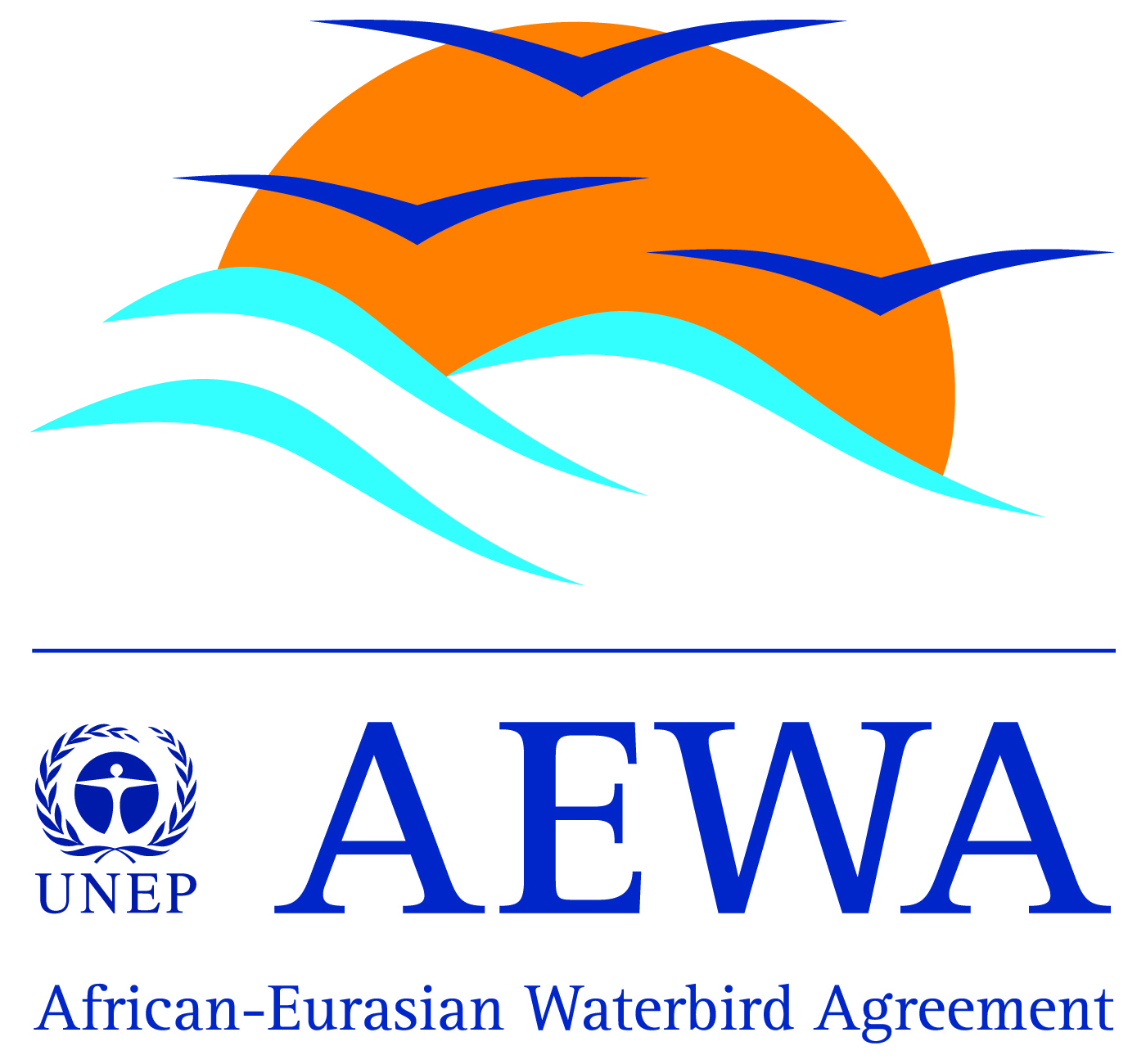Captive reproduction in the scarlet kingsnake, Lampropeltis triangulum elapsoides (Holbrook)
-
Published source details
Herman D.W. (1979) Captive reproduction in the scarlet kingsnake, Lampropeltis triangulum elapsoides (Holbrook). Herpetological Review, 10, 115.
Published source details Herman D.W. (1979) Captive reproduction in the scarlet kingsnake, Lampropeltis triangulum elapsoides (Holbrook). Herpetological Review, 10, 115.
Actions
This study is summarised as evidence for the following.
| Action | Category | |
|---|---|---|
|
Breed reptiles in captivity: Snakes – Colubrids Action Link |
|
-
Breed reptiles in captivity: Snakes – Colubrids
A study in 1971 in the USA (Herman 1979) reported that scarlet kingsnakes Lampropeltis triangulum elapsoides bred successfully in captivity. One female produced a clutch of four eggs, and all four hatched successfully after an incubation period of around 66 days. In 1971, a pair of adult snakes was acquired and housed in separate 38 litre aquaria with paper towel substrates and pine bark. Temperatures ranged from 21–28°C. The male was transferred to the female’s aquaria for mating purposes. Eggs were incubated at 25–31°C between layers of damp paper towels in a 1 litre plastic container, sealed with clear plastic wrap. All snakes were released around two months after hatching.
(Summarised by: William Morgan)
Output references
|
|





)_2023.JPG)














